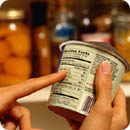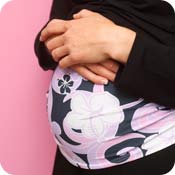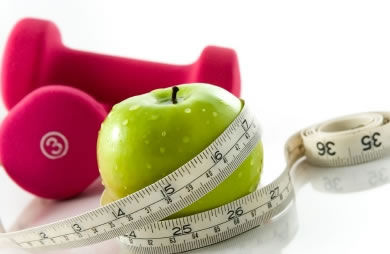 Vitamin A is an essential nutrient for human reproduction, cell growth and development. It is also involved in the growth and formation of eye tissue, skin cells, mucus membranes, and bone tissue.
Vitamin A is an essential nutrient for human reproduction, cell growth and development. It is also involved in the growth and formation of eye tissue, skin cells, mucus membranes, and bone tissue. The vitamin A content of a food is sometimes measured in International Units (IU) and at other times in "micrograms retinol equivalents," (mcg RE), a measurement which has recently changed to "micrograms retinol activity equivalents (mcg RAE). The recommended intake of vitamin A for adult females is 700 mcg RAE (2,330 IU). During pregnancy, a woman's need increases to 770 micrograms RAE (2,565 IU). If breastfeeding, your needs are even higher-1,300 micrograms RAE (4,330 IU). Because foods rich in vitamin A are so prevalent in the American diet, deficiency is not common (but it can result in reproductive problems). Because vitamin A is stored in the body, excessive consumption can be very harmful-especially during preconception and pregnancy. High levels of vitamin A intake can be toxic to the baby and may cause birth defects or spontaneous abortion. Your body can obtain vitamin A in two forms: 1) preformed vitamin A and 2) beta carotene. Preformed vitamin A (retinols) comes from animal sources (meat, fish oil and eggs), fortified products (milk, cheese, ice cream, yogurt, cereals) and supplements. Because this is "true" vitamin A, these sources should be limited to avoid toxicity. The maximum amount of preformed vitamin A that a pregnant woman should consume daily is 3,000 mcg RAE (10,000 IU). Due to the risk of toxicity, pregnant women and women who may become pregnant must also avoid prescription drugs related to retinol, including Accutane (isotretinoin) and topical creams like Retin-A (tretinoin).
Continued › |
Say NO to Vitamin A Supplements
Unsafe For You and Baby
Page 1 of 3 Next Page ›

.jpg)




Member Comments